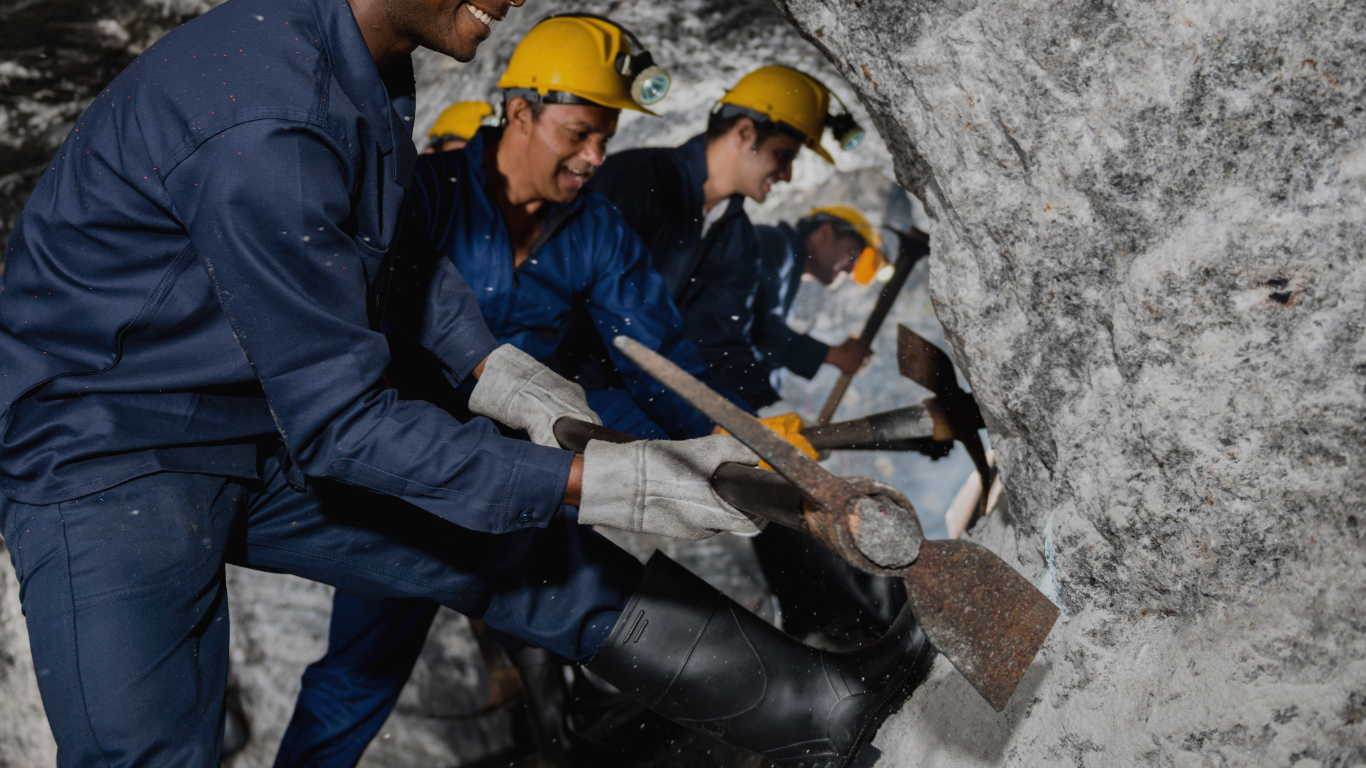Critical minerals are vital for developing and functioning many modern technologies, such as renewable energy, electric vehicles, aerospace, defense, and healthcare.
Copper, for instance, is essential for powering households and electricity transmission networks that support renewable energy distribution.
However, these minerals face challenges such as limited supply, geopolitical risks, environmental impacts, and market volatility. Therefore, securing the sustainability and security of critical minerals is crucial for the future.
Coal and coal waste are rich sources of critical heavy metals that are indispensable in modern life.
How does coal produce critical minerals?
These metals can be found directly in coal or in the surrounding rock layers and play a pivotal role in numerous applications.
When coal is burned, it produces valuable coal ash that reduces the climate impact of cement production.
Additionally, coal ash and coal sludge contain thousands of tonnes of essential heavy metals, including aluminium, cobalt, copper, iron, lead, silver, nickel, and zinc.
Case Study
In the United States, promising initiatives are underway to explore how to extract rare earth elements and critical minerals from indigenous coal.
A $32 million program supports engineering studies while the US Department of Energy’s Office of Fossil Energy and Carbon Management offers up to $6 million for research projects to repurpose coal resources for clean energy technologies like batteries and advanced manufacturing.
Coal’s Growing Importance
Developments in material science are unlocking coal’s potential for producing high-value carbon products. Carbon nanomaterials like graphene – a remarkable material consisting of a single layer of carbon atoms arranged in a hexagonal pattern – has many extraordinary properties that make it valuable for various applications in science, technology, engineering and medicine.
These innovations can revolutionise computer memory devices, LED lighting, solar cells, batteries, medical imaging, and more.
Embracing these innovative uses for coal and its waste not only creates local job opportunities across industries, but also propels countries towards a net-zero economy.
